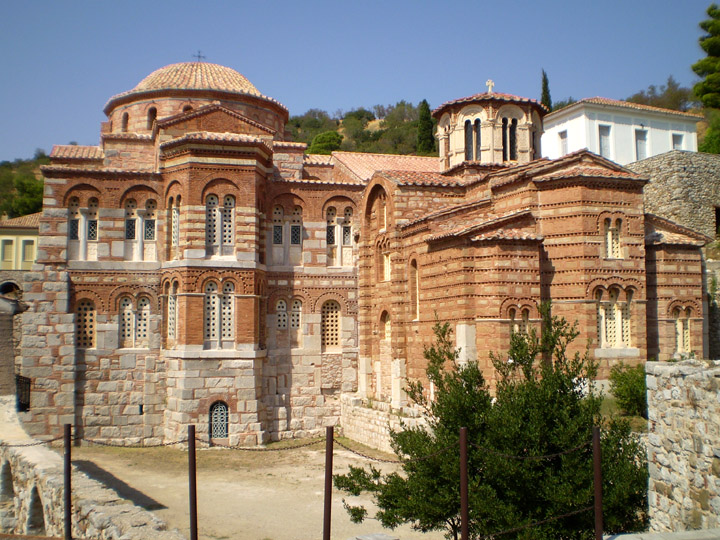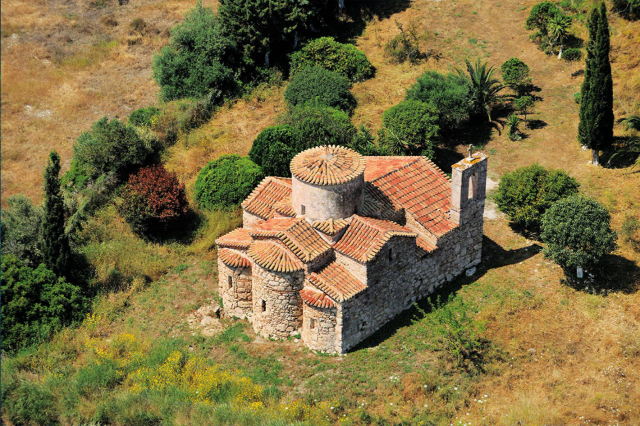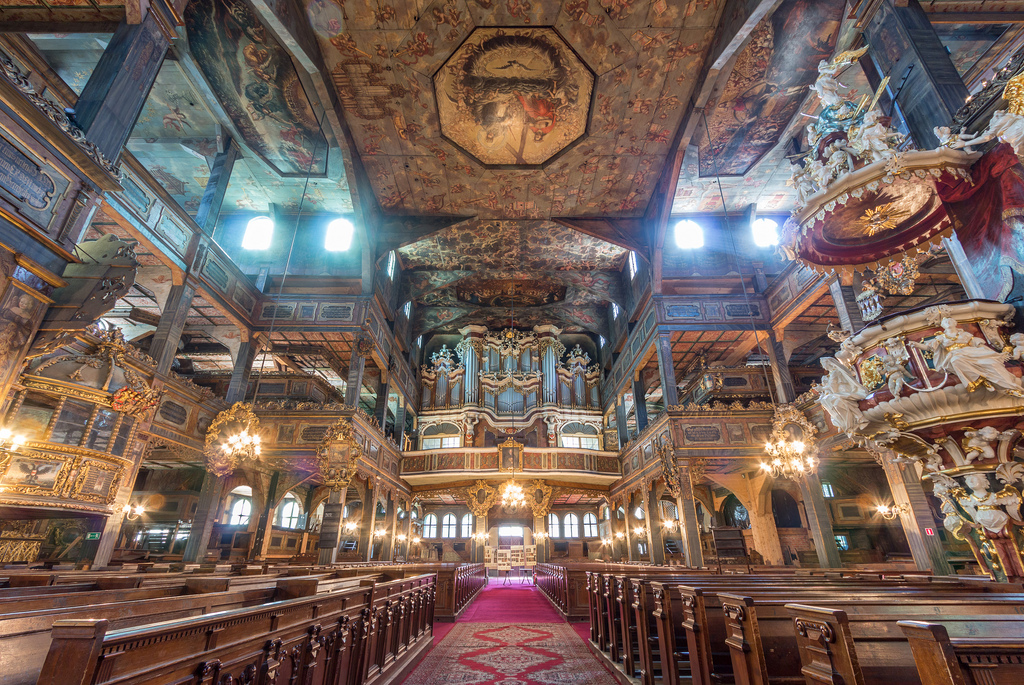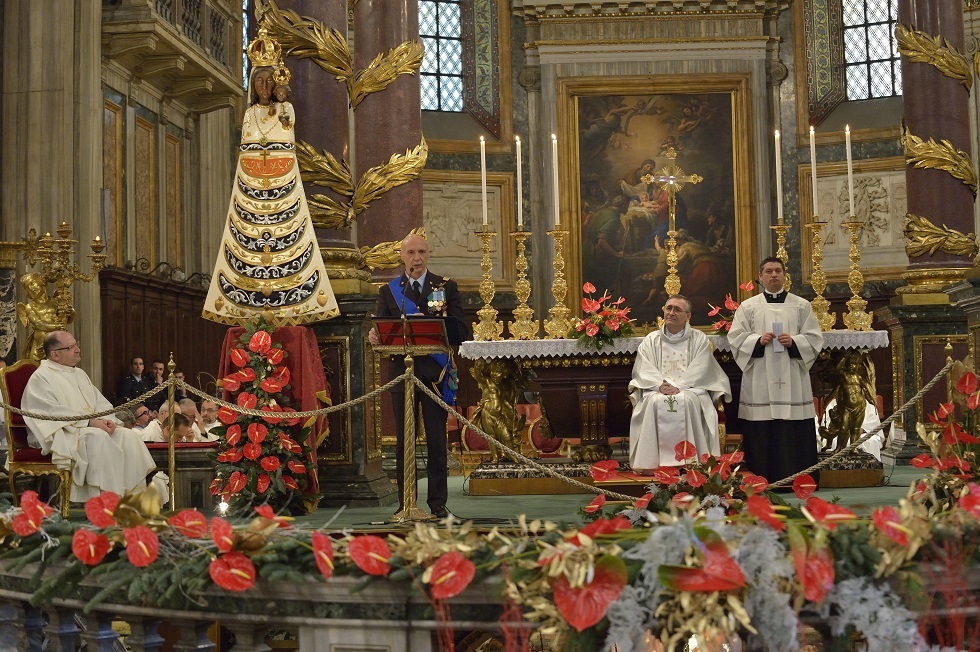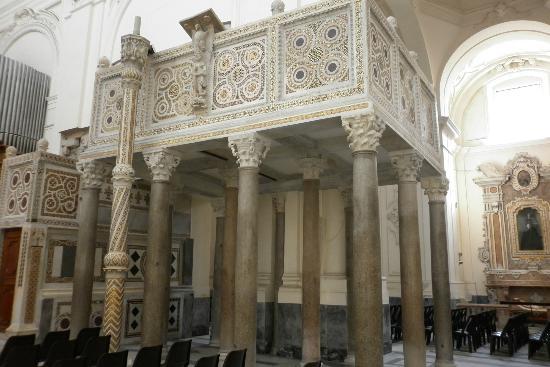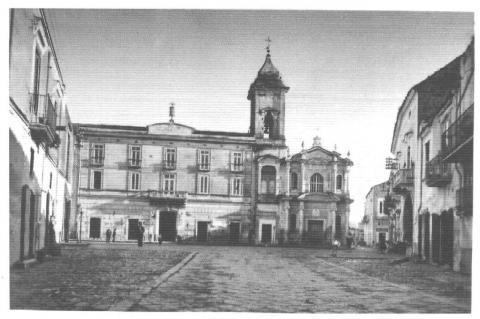The monastery of Ossios Loukas is one of the most important Byzantine monuments in Greece. It was founded in the 10th century by Saint Luke the Styrian, who died there in 953. The monastery stands in a solitary place on the slopes of Helicon, in Fokida, near the town of Stiris. It houses the relics of its founding saint, from whom it takes its name. The Saint’s tomb has been a place of pilgrimage for centuries. The faithful went there in the hope of being cured of illnesses through the "rite of incubation", which consisted of sleeping near the Saint’s tomb. This practice was supported by the belief that from the Saint’s tomb oozed myron, a perfumed oil with the power to heal diseases. The monastic complex includes two churches, a refectory and the monks’ cells. The oldest church is dedicated to St. Mary Theotokos, and is also called the Church of the Panaghia. Next to this, at the beginning of the 11th century, the second church, the Katholikon, was built, decorated with splendid mosaics, most of which have been preserved and are among the finest examples of Byzantine mosaic art.
Among the masterpieces of the monastery of Ossios Loukas, the mosaic depicting St Gregory the Wonderworker stands out for its fine workmanship and state of preservation. It is very similar to the one preserved in the monastery of Daphni, near Athens. The two monasteries, together with that of Nea Moni, were among the best known and most richly decorated in the entire Byzantine kingdom.
